I’m sure you’ve heard the stories about how titans like Facebook and Uber growth-hacked their way to become $50 billion companies.
Growth hacking has become one of the biggest marketing trends.
However, there is a lot of misinformation out there.
The Dropbox or Facebook stories almost sound too good to be true.
And in some cases, you would be right.
That is why I want to clear up the confusion about growth hacking.
There are many growth-hacking myths out there.
Growth hacking can do so many amazing things for your business.
The stories you hear about growth hacking should inspire you to action. However, your company is not Facebook in 2005 or Airbnb in 2008.
If you fall for the wrong advice, you’re bound to squander time and money.
I don’t want that to happen.
So here are 10 of the biggest issues to avoid at all costs.
Myth 1: Online marketing and growth hacking are the same things
Too many marketers consider growth hacking to be synonymous with online marketing.
Let’s be very clear here.
Online marketing and growth hacking are two different things. While they do share some components, growth hacking has a different formula from online marketing.
For example, growth hacking focuses more on the products a company creates and ways to market them.
Online marketing starts with the channels you’ll use to promote your products. It is a slight but important difference.
Here are three growth-hacking campaign examples to help you understand the difference.
1. Dropbox
The cloud storage service grew their entire business by giving free storage space away.
Today, you get 2 GB in free space. Then you get 500 MB of free storage for every new user you refer up to 16 GB.
The genius part is that this costs them very little out of pocket.
When Dropbox started, they hosted everything through Amazon Cloud Storage. The price for storing 2GB was just over $.04 per month, per user.
So if you were to refer 32 new users to their site, the cost is only $0.64 per month.
Dropbox quickly grew to over 500 million users around the world with such a cheap growth hack.
All users have to do is click the blue “Invite a Friend” button to redeem their offer.
The next screen gives them the option to invite their Yahoo! contacts, copy the link, or post it on Facebook. Users can also type in a friend’s email address and click send.
2. Hotmail
Today, Hotmail is now part of Outlook. However, they were the original “free” email service years ago.
Hotmail had over one million users six months after they launched in 1996.
One year later, when they sold the company to Microsoft, they had 12 million users. How did they do it?
At the end of every email, they included a signature that said:
“PS I love you. Get your free email at Hotmail.”
Getting a free email account was a valuable commodity at the time. Most other email service providers still charged money for email addresses.
The service caught on, and the rest is history.
3. Amazon
This final hack proves again that growth hacking and marketing can be two separate practices.
Speed matters to Amazon.
They have a large server requirement to continually sell 421 million products on their website. That is why every one-second delay decreases annual revenue by over $1.6 Billion.
They’re constantly adding server space to keep up with their growth.
In fact, they added so much server space that they eventually started selling the service. Amazon Web Services is now the largest pure cloud-server vendor in the world.
Growth hacking overlaps with online marketing. However, the two are not mutually exclusive.
Myth 2: Growth hacking is magic
Growth hacking is not a magic cure-all that will deliver viral traffic to your door.
Instead, growth hacking will improve the processes you already have.
The trick is to look at the science behind your product’s desirability. There are a few different services available to help you figure this out.
1. Qualaroo
This service helps you discover why users take specific actions on your website by answering basic survey questions.
You can improve your conversion rates and grow your audience faster by understanding the product objections your customers have.
This free Google product helps e-commerce companies make better decisions based on their customers’ behavior.
3. MixPanel
Get all the data you need to analyze each customer’s journey across multiple platforms, mobile, and web users.
The key here is that the more data you have for your growth hacking campaign, the less magic you need to make it successful.
Myth 3: You don’t need a great product
Simply put, your product is everything in growth hacking.
All of the ads or conversion tricks in the world can’t make up for an inferior product.
How do you know if you’ve hit on the right formula?
Here is how Gleam determined that their business-growth software was viable.
When they were in beta, they sent an email to 50 bloggers, offering them a free lifetime plan.
The beta users got valuable software to help them grow. Gleam got valuable input and recommendations to improve their product in return.
Plus, they had 50 reputable bloggers who could share their story to a wider audience when they fully launched.
It took five months for Gleam to gain 100 paid customers. But by then, they knew that the software was ready for prime time.
The good news is that you do not have to develop a product before launching to determine how viable it is for your audience. Another option is to use a landing page to test the market.
For example, Wishpond used a landing page to test product viability for an Escape Room in Vancouver.
They drove conversions to the landing page with Google Ads to see if users would sign up. Instead of a reservation system, visitors simply opted in at this point.
They were then redirected to a confirmation page, thanking them for their interest. It also included a notice that they would be emailed when the site construction was done.
Great products do not happen overnight.
However, with the right testing and tweaking, you can turn any idea into gold.
Best of all, you can do all of this testing before you spend tons of time and money on something that nobody wants.
Myth 4: Growth hacks are expensive
We discussed how people often get blinded by following Facebook, Airbnb, and other seemingly overnight successes.
That’s a mistake.
You should spend more time figuring out what works best for you.
Here’s how a few companies blazed their own trail.
1. PayPal
PayPal started in 1998. It then grew to one million users by March 2000. A few months later, they reached 5 million users.
How did they grow so large and so fast?
Their growth strategy revolved around paid incentives.
Every new customer PayPal acquired received $20. Then, every referral a customer brought in also received $20.
They slowly reduced this amount to $10, then $5, as they continued to grow.
And eventually, they got rid of the program when PayPal became self-sustaining.
They used a lot of different methods in the early years to grow. But they found that giving out free money had the lowest cost per acquisition.
Dollar Shave Club launched an entire business for the low cost of only $4,500.
The 2011 comedic YouTube video from founder Michael Dubin generated over 48,000 customers in the first 48 hours alone.
Flash forward to 2016, and Unilever bought Dollar Shave Club for $1 Billion.
It goes to show that you might have to make some investment in your business. However, the right investment could be worth a lot more than you put in.
3. Instagram
I wanted to end this section with a free growth-hacking example.
When you are a social network, you expect to get social traffic to grow your business. Instagram took this a step further by piggybacking on current social networks.
Whenever you post an image on Instagram, you get the option to share that image to Facebook, Twitter, and Tumblr. All three social networks have a similar audience to Instagram’s.
Every image shared to those social networks has a link back to the original Instagram image.
That helps people get more traction on their Instagram images. And the social network grows as a whole from all of this additional free traffic.
While not every hack requires money, you should plan out a budget ahead of time to decide what investment is right for your needs.
Myth 5: You need to be certified to be a growth hacker
Let’s remove all doubt here.
No, you don’t need to be certified to be a growth hacker.
However, growth hacking does require a specific mindset.
Sean Ellis, the person who coined the phrase “growth hacker” in 2010, added that only 10-20% of marketers have this mindset.
Most marketers take a more traditional view toward digital marketing.
You should also keep in mind that growth hacking is more than just A/B testing and metrics. So, if you want to hire a growth hacker instead of doing it yourself, remember this next point.
Great growth hackers ask questions that traditional marketers do not.
Nabeel Hyatt from Spark Capital added, “Find a growth hacker that can ask the deeper questions and find the long-run sustainable growth path for your product.”
Certifications are not needed. But having the ability to critically analyze and implement strategies in unique ways definitely helps.
Myth 6: Growth hacking is only about acquiring new users
Hopefully, by now, you can see that growth hacking is not just about growing in sheer numbers.
Take Popcorn Metrics’s onboarding process.
They were able to increase revenue by 367% in 12 weeks by focusing on how to help their free trial users successfully use their product.
In other words, they didn’t need to get more traffic or site visitors. They just needed to improve the experience for their current ones.
They used “deep 1-on-1s, tweaking code, feeding useful info, and spending hours on Skype ” to create an onboarding system they could eventually scale to retain more customers.
Another offline business example is to improve your loyalty rewards program.
Researchers conducted a test for a simple method to increase repeat business by 178%.
How did they do it?
They used a car wash as a test case. It had a loyalty rewards program with eight stamps. The 8th stamp got the customer a free car wash.
Next, the researchers tested a new stamp card with ten stamps. However, this time, two stamps were already pre-punched.
Do you see what’s happening here?
It was the exact same number of visits for a free carwash. Still, the pre-stamped loyalty rewards card drove in 178% more repeat business.
Any business that wants to grow has to do more than just increase the number of customers. They also need to figure out how to retain and increase the revenue per customer.
This happens by improving the quality of service through extra attention and incentivizing the right actions.
Myth 7: Growth hacking is guesswork
Startups understand the research and testing required for a successful campaign.
Usually, the challenge is in the time needed to analyze and correctly act on this data.
Here are a few tools to help you accurately and quickly gather the data for analysis.
1. GrowthBot
Digital Marketing Bots are all the rage right now. Few are better than GrowthBot.
Initially, the number of tasks it could handle was limited when HubSpot launched this tool at Inbound 2016.
However, over the past year, they have greatly improved GrowthBot’s ability.
It now connects to your Google Analytics, HubSpot, and Salesforce accounts. So now you can get data for your marketing campaigns all in one place.
2. Hunter
Hunter is an excellent resource for B2B companies.
You enter the domain name of prospective companies you want to connect with for business. The software finds related email addresses from this company in seconds.
3. Inbound.org
Sometimes, it’s not just about finding customers, but also about understanding your niche. Inbound marketing helps you curate the best marketing articles in your industry.
You can network with other experts to build the relationships for future influencer campaigns, keep up on best practices, and discover what information is valuable to your customers.
The right tools can help turn guesswork into a solid plan. Once you have a direction for your growth-hacking campaign, you need to get to work.
Myth 8: Growth hacking is a quick fix
It can take months or years before you see success from growth hacking.
If most venture capitalists expect the exit for a startup to be around seven years, why would a growth hack work overnight?
Fortunately, growth hacking is all about optimizing your skills to grow faster.
Even so, it takes time.
For example, you need to grow a solid marketing list. The larger and more targeted your list becomes, the more potential sales you can make.
One simple technique might be to ask fewer questions on your email signup forms.
Yes, you want targeted prospects. However, if they are signing up for your offer, they are already interested in your company’s services.
The key is to lose as few targeted prospects as possible. You can improve your conversions by 26% when you decrease the number of fields they have to fill in.
That may not seem significant when you go from 10 to 12 email subscribers. However, going from 1,000 to 1,260 subscribers can have a significant impact on your growth.
That tiny increase, multiplied over time, will eventually give you massive returns.
Nothing happens overnight.
Amazon is the largest retailer on the web today. And it took them seven years and two billion dollars to turn a profit.
Myth 9: Everyone is my customer
Bette Davis once said, “If everyone likes you, you’re not doing it right.”
That is so true when it comes to growth hacking.
You are not a large, bureaucratic beast like the postal service that has to interact with everyone.
You are a nimble small business looking to grow. To do that, you need to determine which customers are most likely to work with you.
The best way to do this is to create an imaginary version of your dream customer.
We call this a buyer persona. Your buyer persona should include demographic information, job title, salary, challenges, common objections, and other relevant data.
This way, when you develop your campaign, you clearly see who will buy your wares.
HubSpot has a tool called Make My Persona that can help you develop a quality persona for your business.
What do you do if you want to create a buyer persona, but you don’t know all the relevant demographics for your audience?
You can use Facebook Insights if you have an established Facebook Fan Page with more than 100 fans.
If you don’t have an established page, use Facebook Ad Saved Audiences.
The tool allows you to create as many audiences as you want.
Here, you can look into data on locations, genders, interests, jobs, education levels, degrees, language preferences, hobbies, and a host of other behavioral information.
It is like inside access to the demographic data of the largest social network in the world — all for free!
Use it to craft a relevant buyer persona for targeting the best customers for your company.
Myth 10: Growth hacking happens by yourself
Your head might be hurting from all the steps we’ve covered so far.
However, the key to running a great campaign is not to be a lone wolf. You’ll have to work with others to increase your shot at success.
For example, when Spotify launched, they had to compete with industry leader Pandora. That is why Spotify integrated their product into the Facebook News Feed.
They were able to grow a loyal audience by including their playlists directly on Facebook.
This audience continued to grow and shifted their listening habits to Spotify where they continued as loyal customers.
Life would have been difficult if they just tried to launch their playlists solely on their own platform. However, they took a calculated chance by integrating with Facebook.
Every company needs to seek brand advocates. Often, these brand advocates can do more for your business than the best advertising campaign money can buy.
Brand advocates already have built up trust and relationships with your target market. So these new people are often primed for the sale.
Advocates can come from anywhere, too. They might include an enthusiastic customer, a loyal vendor, or even a business partner.
E-commerce mattress company WinkBeds used advocates to grow their startup from three mattresses per week to more than 300 a month.
Conclusion
You should now have a much better understanding of what growth hacks are and are not.
The trick is to avoid the myths in this article at all cost.
Instead of looking for a shortcut, focus 100% on your own customers’ needs.
That allows you to create a product you would be proud to offer.
Growth hacking isn’t about tricking your audience. It’s about putting together the best product to solve your customers’ pain points.
The unique way it solves their problem will eventually give you that extra edge.
Do it right, and you should see more referrals, traffic, and leads. You’ll also convert more customers at higher values, too.
What are some growth-hacking myths that you’ve heard from other people?

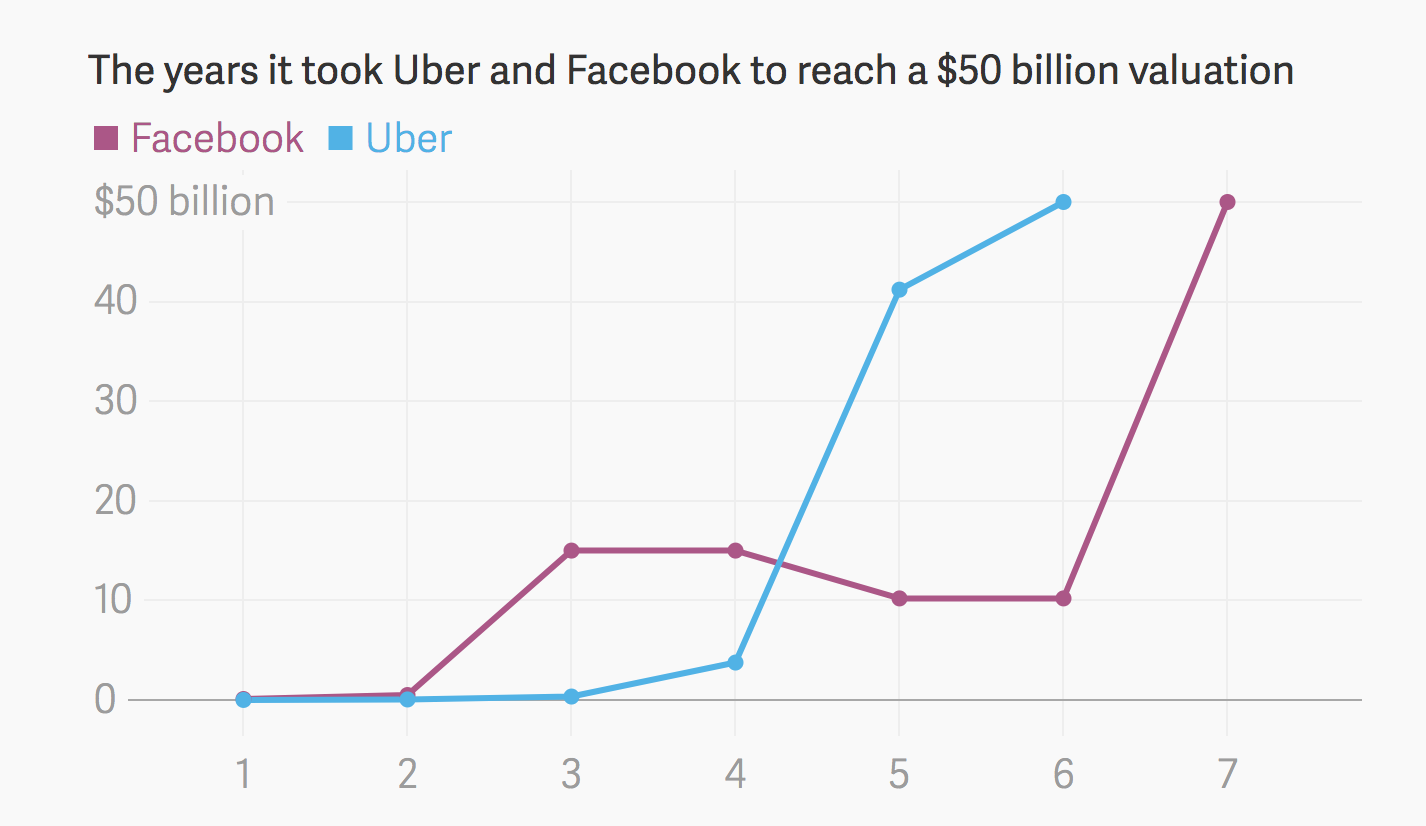
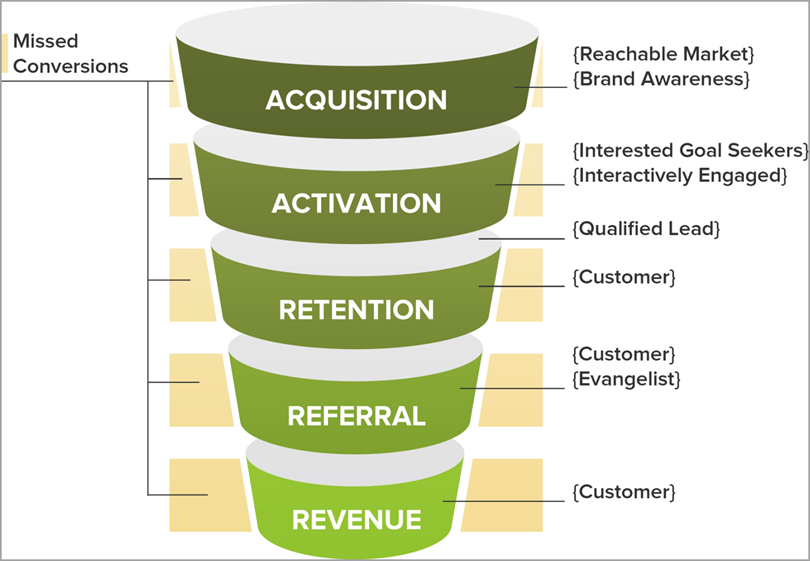
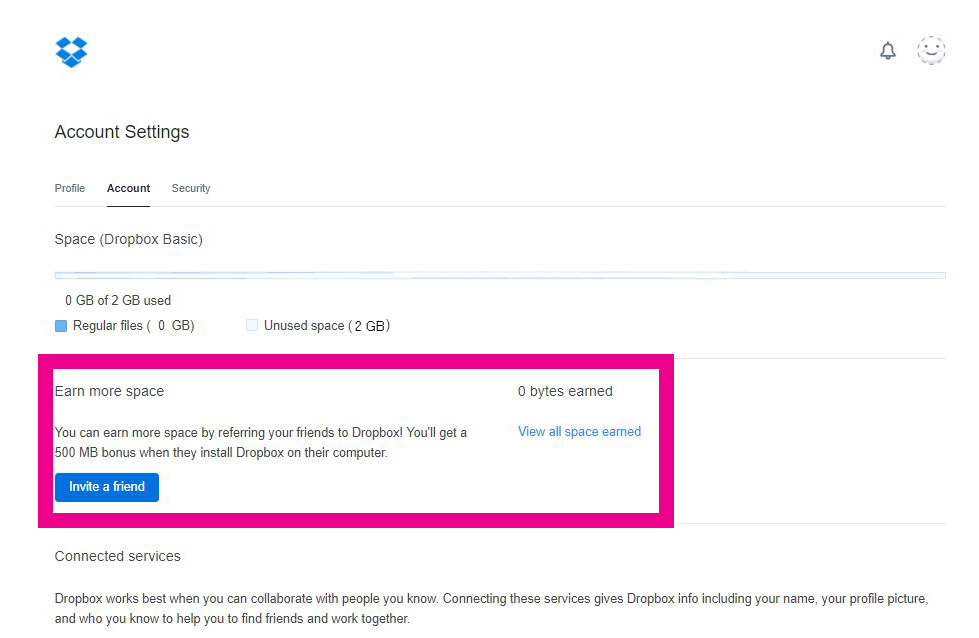
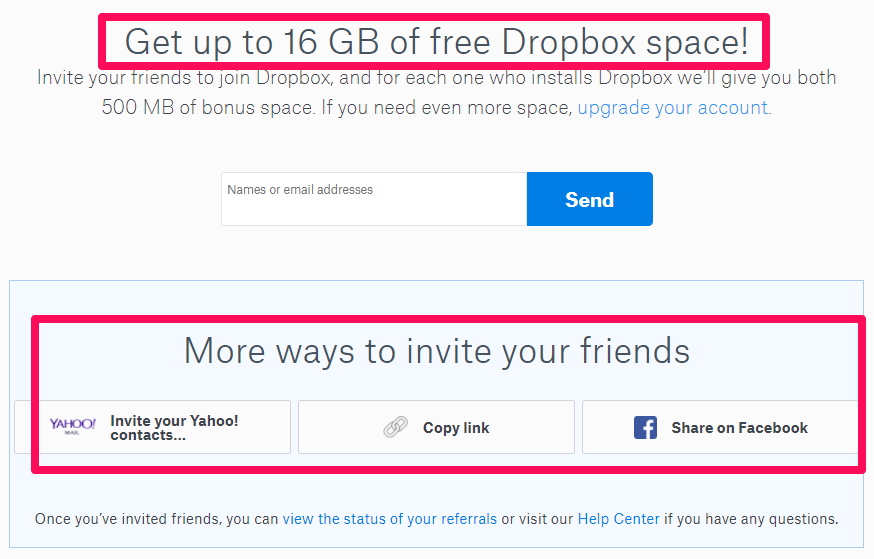

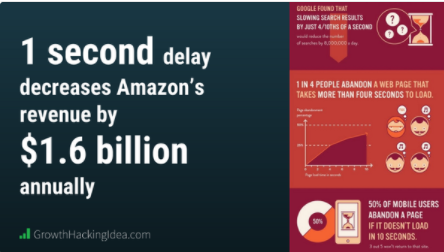
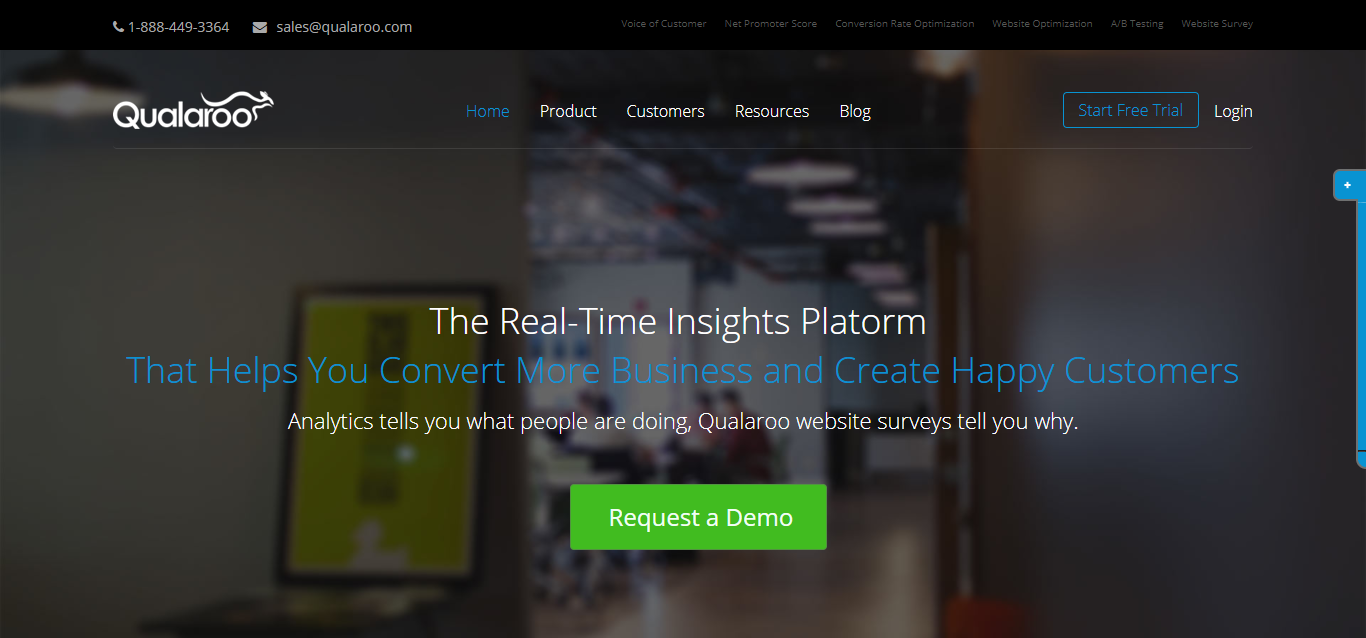
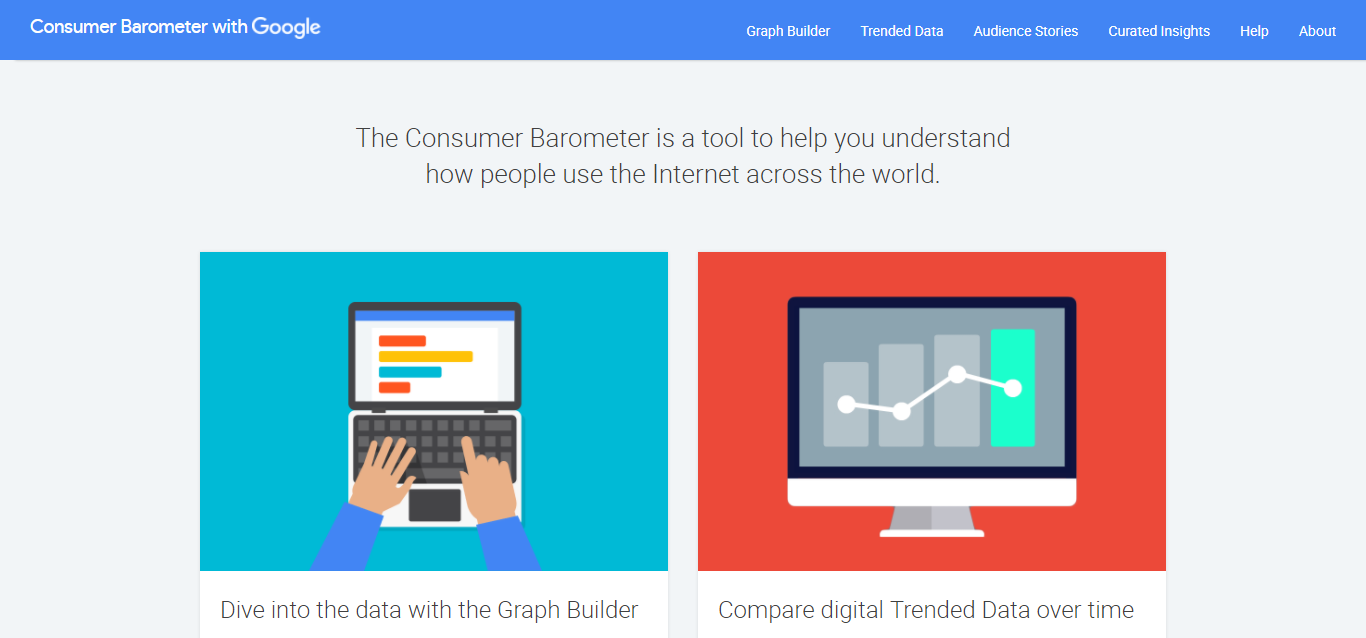
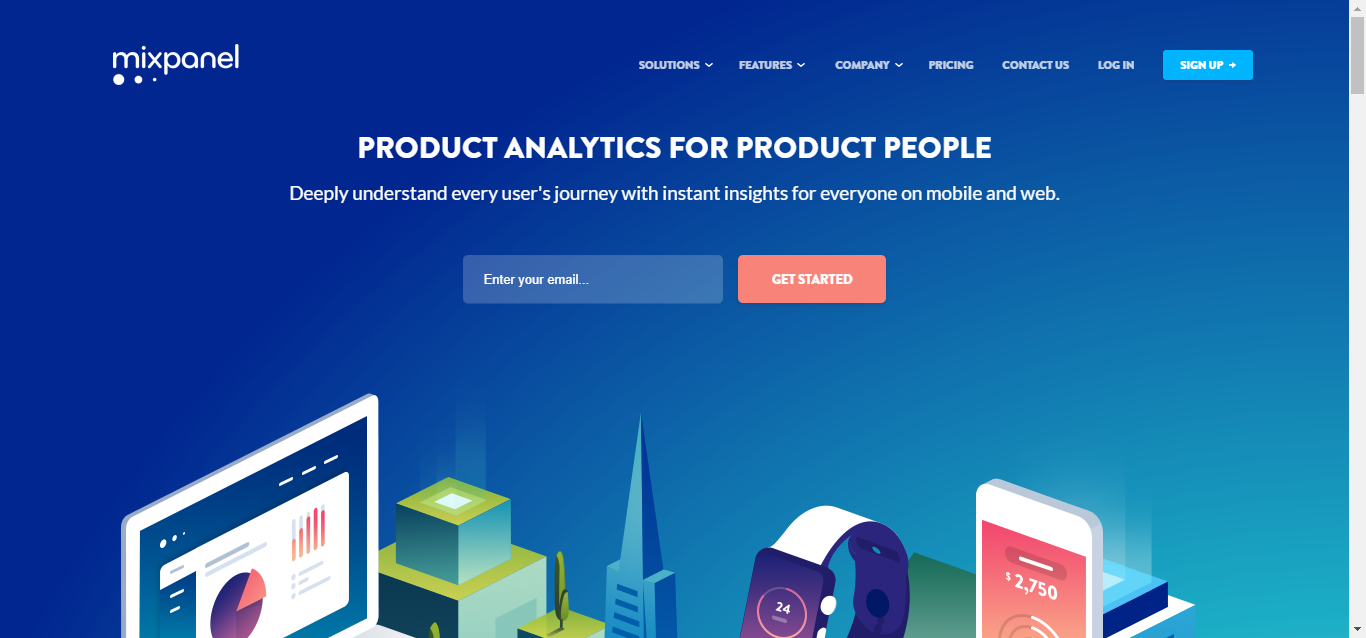
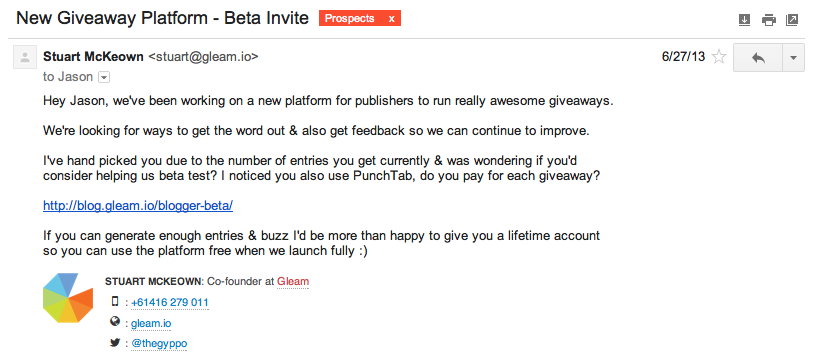
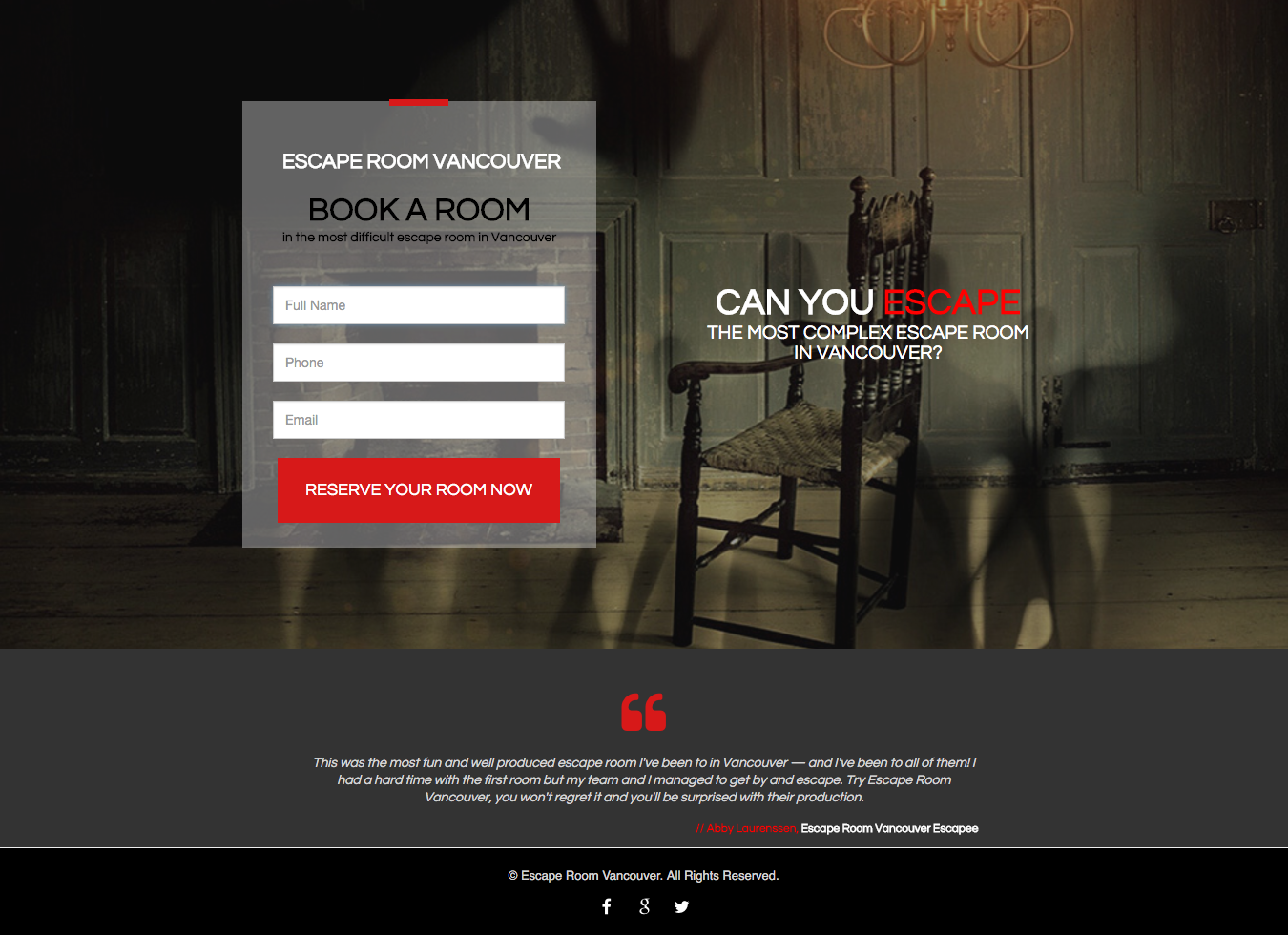
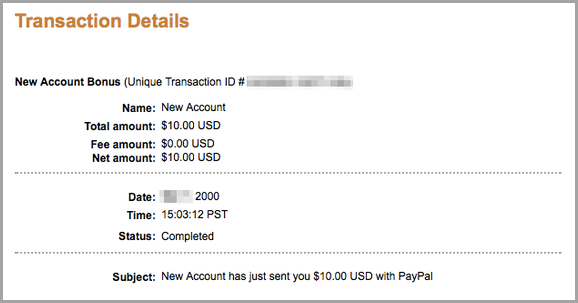


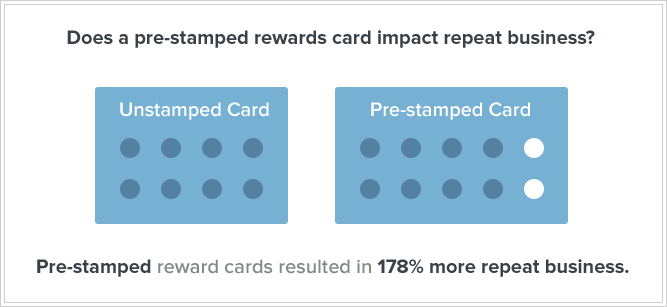
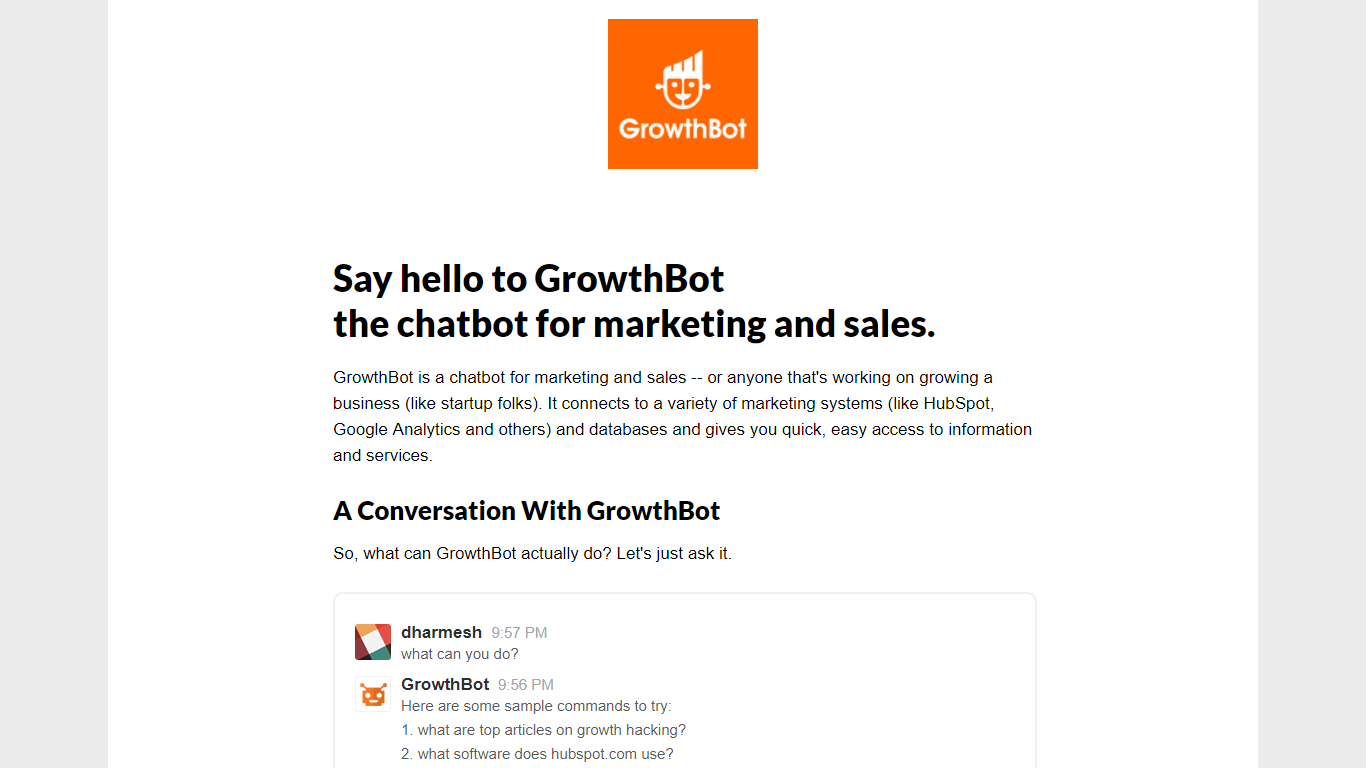
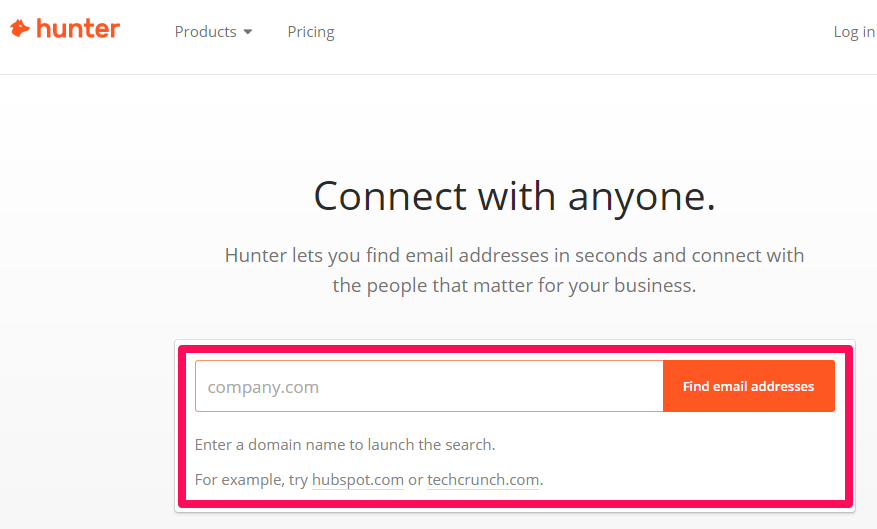
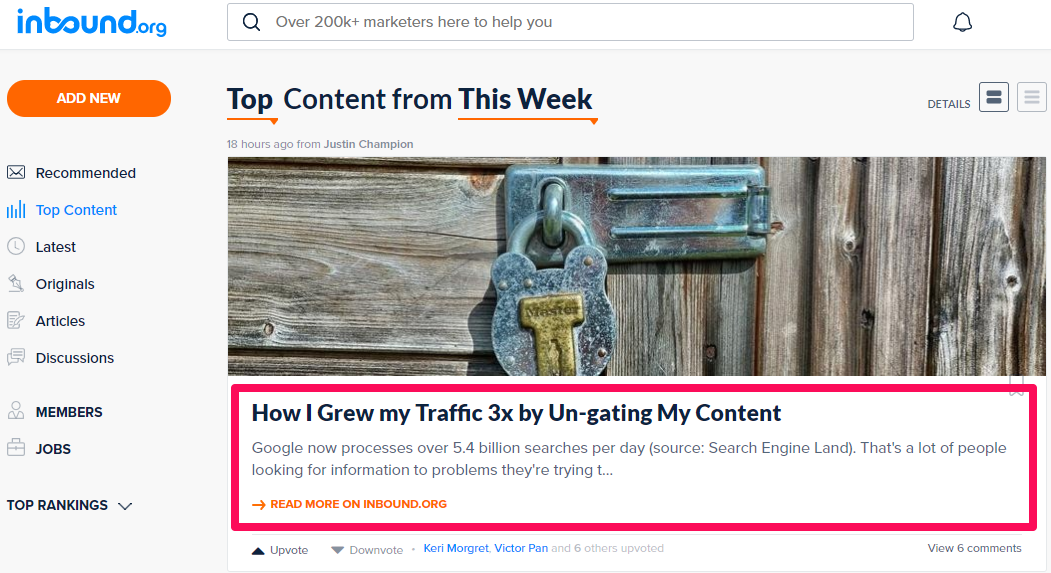
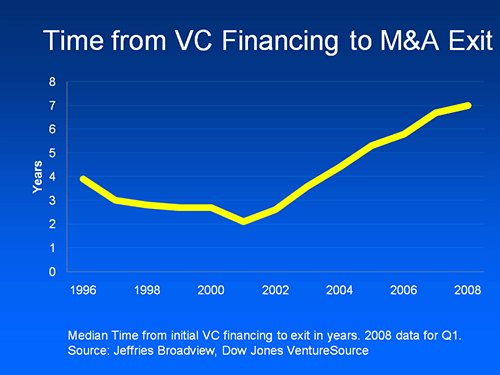
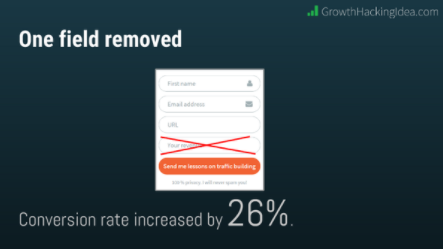
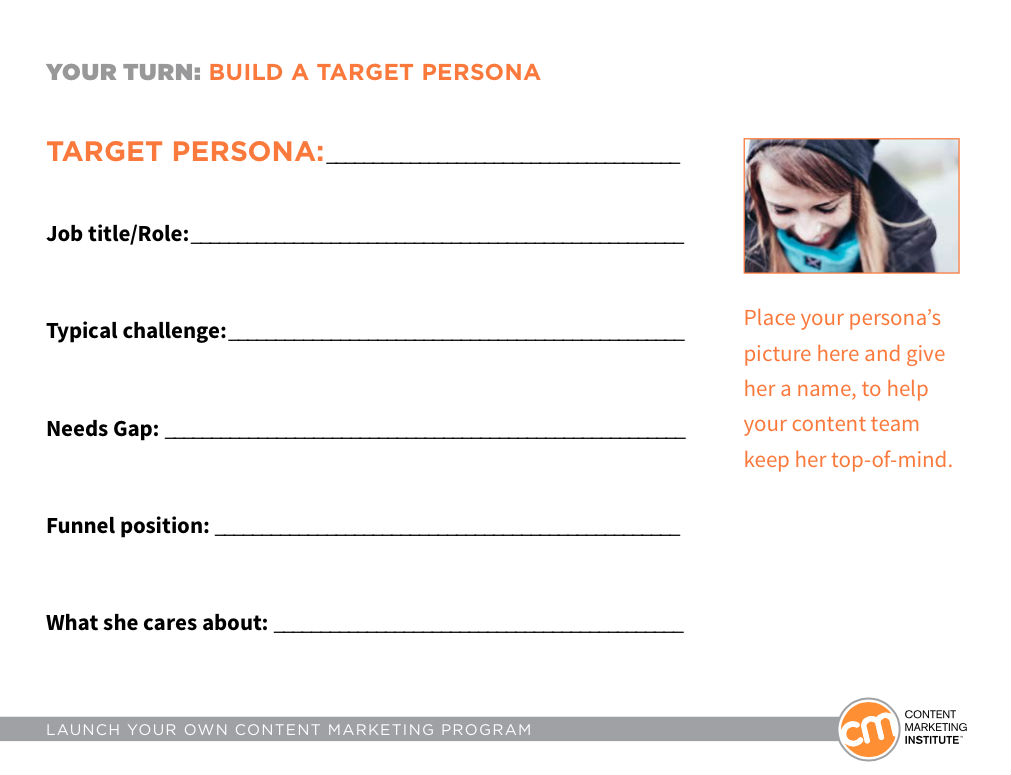
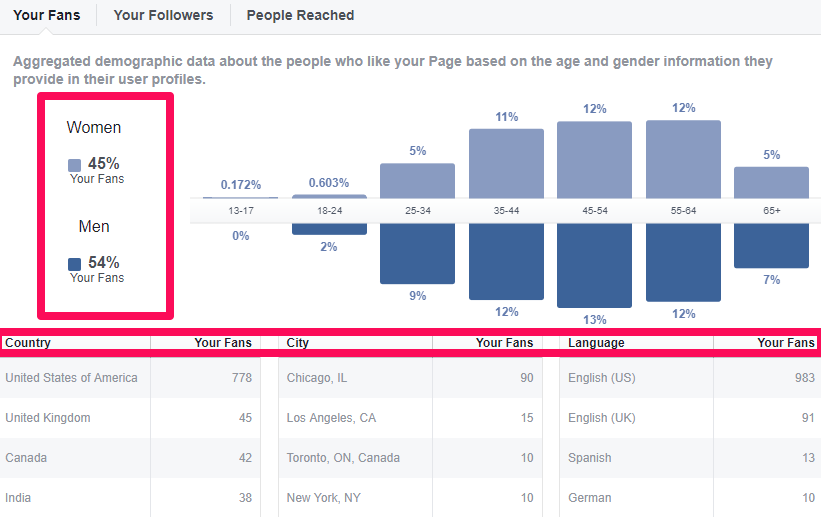
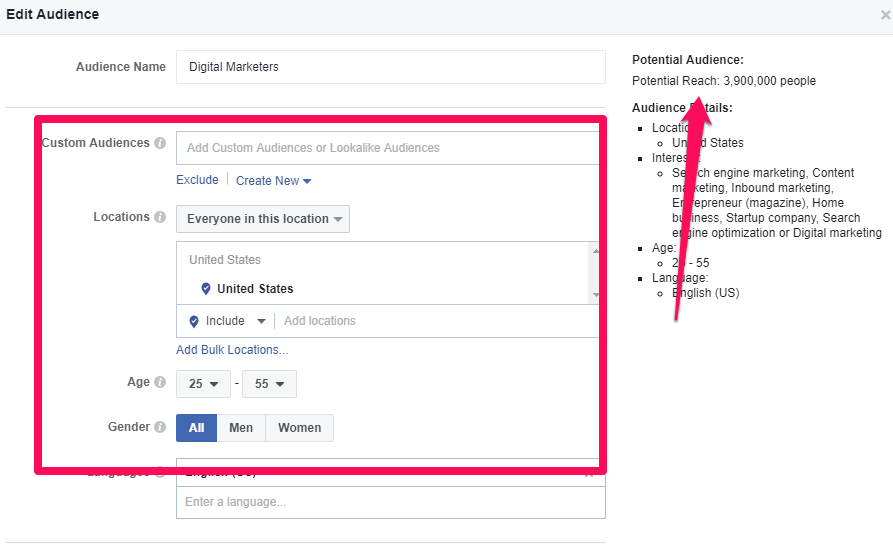

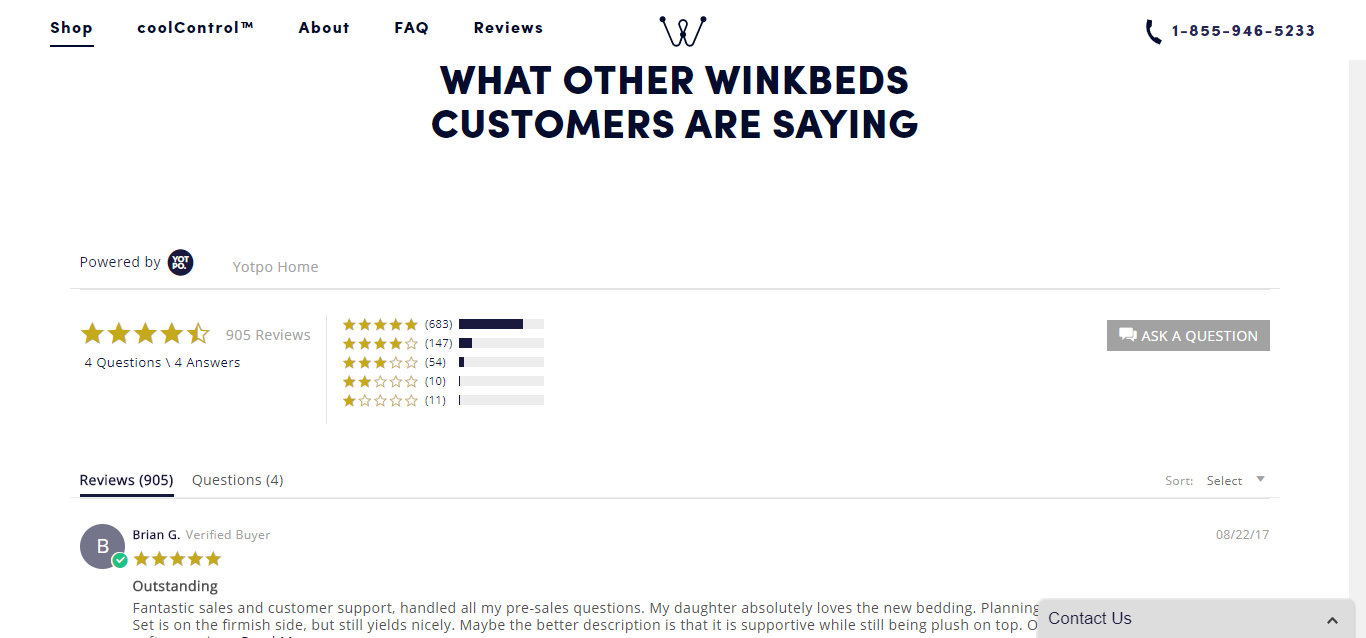
Comments (0)